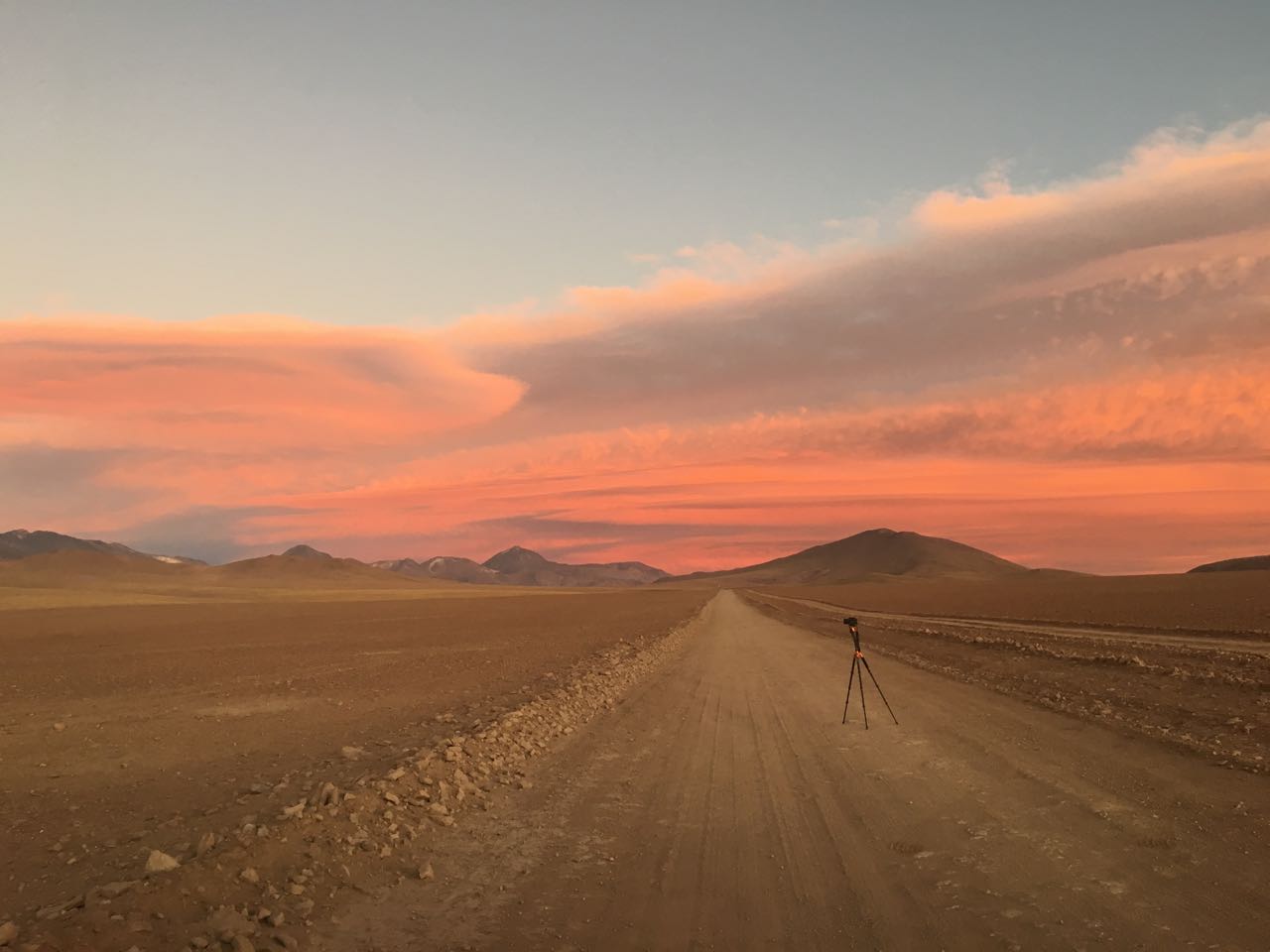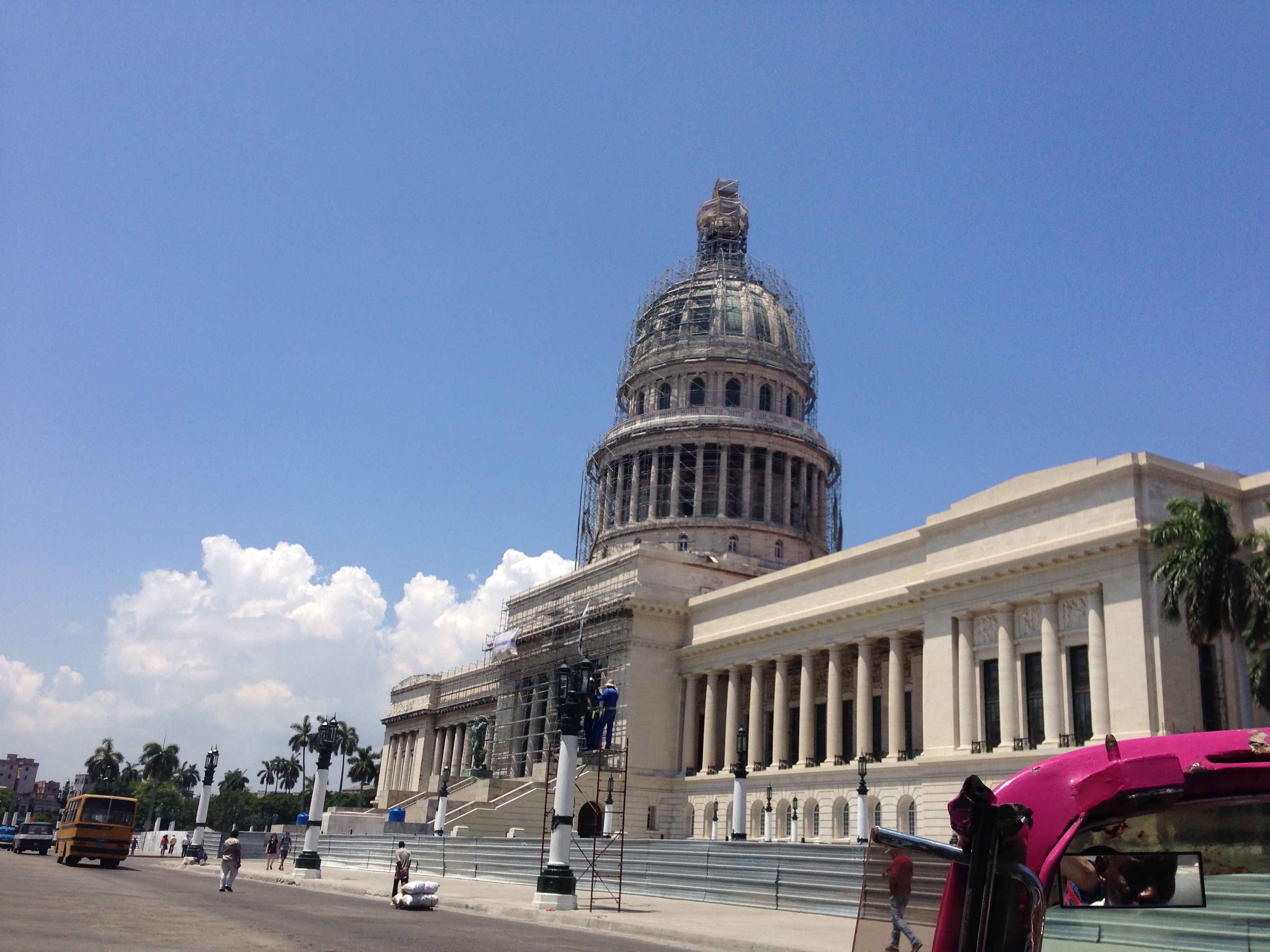
The Atacama Desert in Chile is the driest place on Earth. On a recent trip with Yampu Tours and Awasi Atacama, I explored some of the most amazing landscapes I had ever seen. While Atacama is a photographer’s dream destination, its breathtaking beauty can be captured with no special equipment too. From parched deserts, expansive […]
view the post

Whether you’re looking for delicious food, vintage car rides, architectural gems, or lively dance, Cuba has it all. Here are the best reasons to visit Cuba… 1. Tour Havana in a classic American car. Drive through Havana in a vintage Chevrolet convertible for a once-in-a-lifetime experience! Adolfo, our guide/driver of a bright pink Chevy, tested […]
view the post